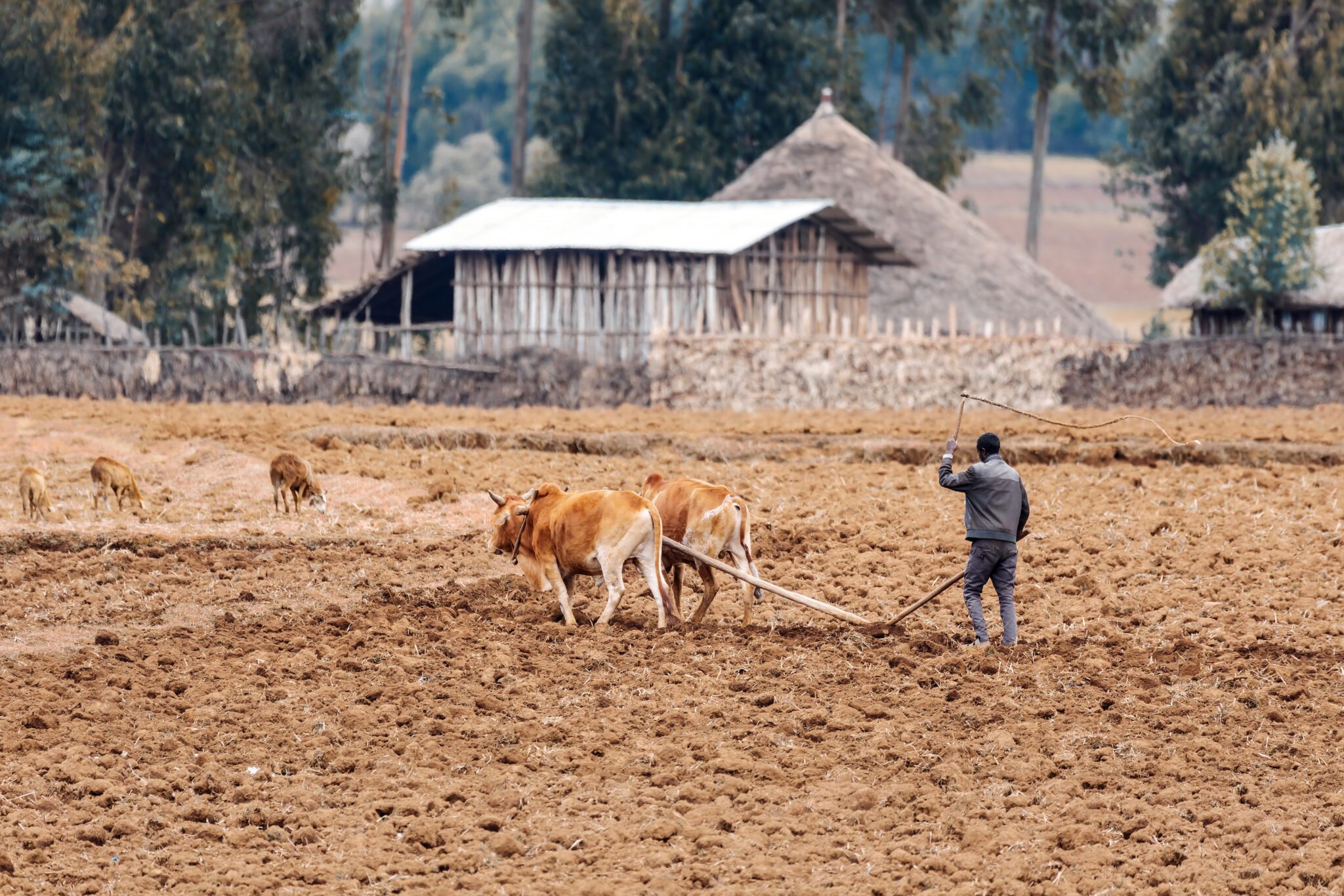Interlinking Weather Index Insurance with Credit

Photo Credit: Adobe Stock
Rainfall variation is a major source of income and consumption risk among smallholder farming households. One way to help farmers deal with these risks is through weather-indexed insurance policies, which pay sums of money to farmers when extreme weather events like droughts or floods occur. Researchers are examining the effect of combining weather index insurance with input loans on fertilizer and modern seed use, as well as livelihood outcomes for smallholder farmers in rural Ethiopia. Specifically, researchers studied the obstacles to providing and pricing insurance and the rate of agricultural technology adoption among smallholder farmers. As part of the study, villages (“kebeles”) were randomly divided into three groups: stand-alone insurance, credit and insurance, and comparison. Results of this study indicate that take-up of insurance at market prices is very low, between .5% and 3% across seasons, but a low-cost promotion at baseline increases willingness to pay for multiple seasons. When researchers distributed small free insurance contracts to farmers, 39% of subsidized individuals enrolled but this failed to stimulate input use, yields, or income, and nor does it enhance demand in subsequent seasons. This study suggests that, while serious logistical challenges need to be overcome, real demand can exist for state-contingent credit in this context.

